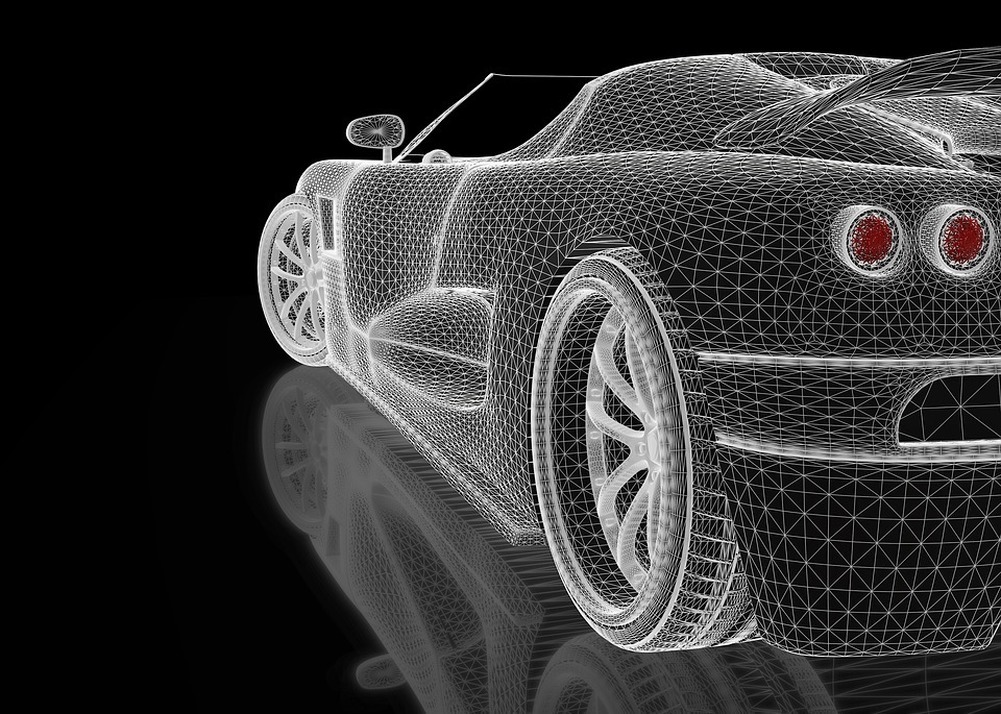CAD/CAM is nowadays part of the educational system, typically taught to tertiary students taking technical courses. However, the extent to which students master the design process depends on numerous factors, ranging from course requirements to personal desire to master computer-aided design. Some of the primary roles of CAD/CAM in education are highlighted below.
Providing Visual Instructional Materials
CAD makes it possible to turn a 2D plane into a 3D stereogram. That makes it easier for students to understand the object being studied easily and faster. In addition, studies indicate that visual learning engages students in visual communication, visual literacy, and visual language, creating more interest. Students are also more likely to remember more details of visually observed study objects.
Providing a Positive Effect on Active Learning
CAD and CAM applications are among the most complex pieces of technology software that require students to spend a considerable amount of time learning and mastering how to use them. Therefore, the process of mastering computer-aided design promotes active learning. Additionally, students who master how to use the CAD/CAM software to create complex designs can interact with teachers and other students better on issues related to design, which stimulates the student’s interest in active learning.
Cultivating the Innovation in Students
Knowledge of 3D modelling can make a student a better designer and creator. Teaching 3D CAD programs in school is thus one of the most effective ways of improving students’ innovative abilities. It also allows students to explore more possibilities independently and cheaply. Furthermore, the ability to think outside the box can be applied in all the other areas, giving the students an edge over those who do not utilise the CAD 3D visualisation and parameterisation in competitive areas.
Providing Students Opportunities to Learn Career Skills
Students who master CAD/CAM applications have an edge in future careers, especially if their occupations involve CAD applications. By learning 3D modelling and other design features early in school, they will grow better in their professions as they can focus on advancing their skills early in their careers instead of still figuring out the basics. Using CAD software when teaching also helps students understand the industrial design process in advance, which can also help future careers.

